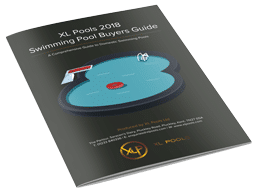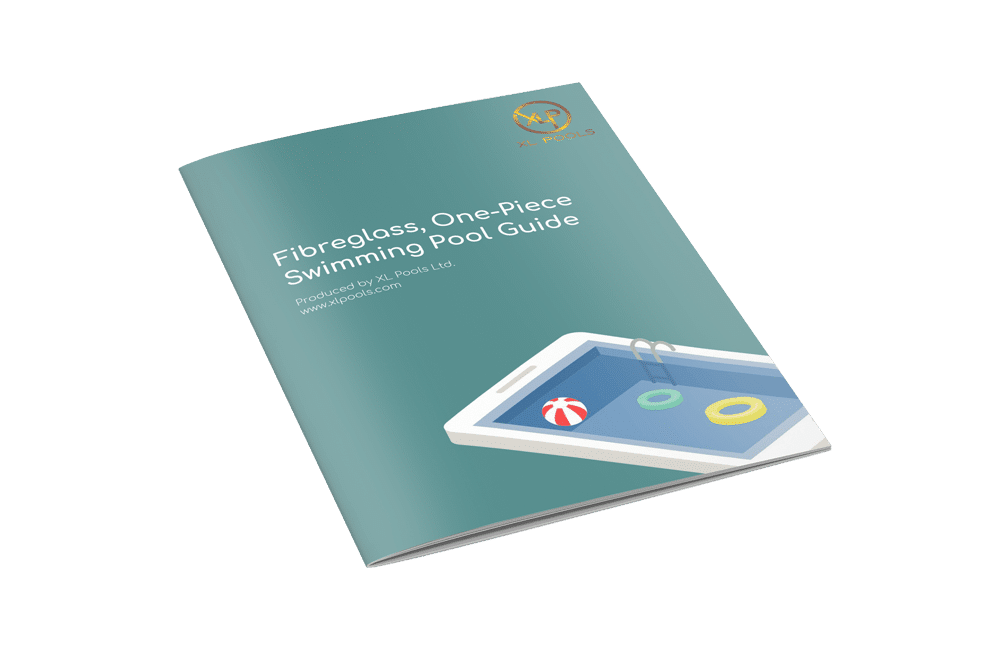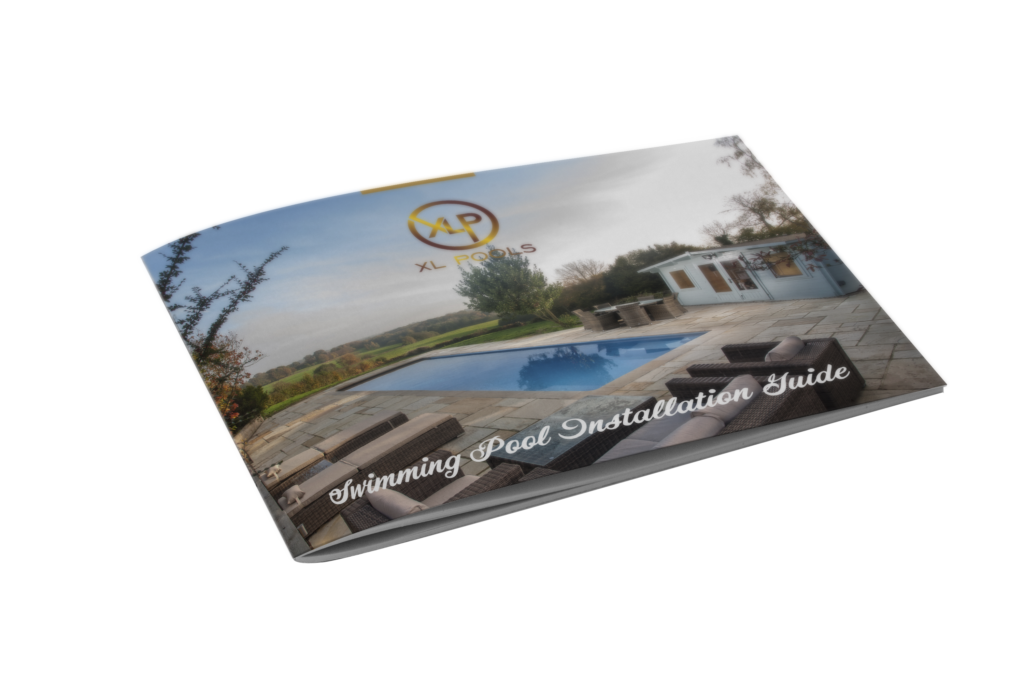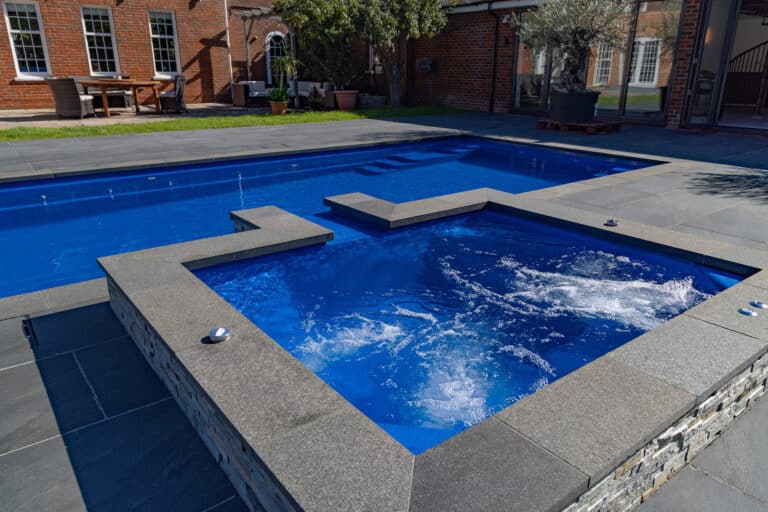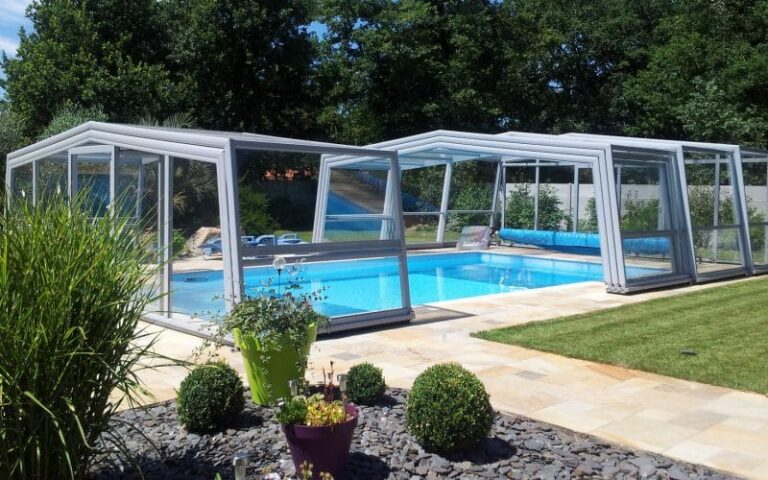One of the struggles pool owners, especially new pool owners have, is maintaining your chlorine level. This is particularly difficult in the height of summer when the sun is shining which burns off your chlorine.
Cyanuric acid (CYA) is the chemical added to pools to prevent the sun’s UV rays, working as a stabiliser and protecting the chlorine in your pool allowing it to do it’s job killing bacteria and algae in your pool.
Maintaining correct CYA levels in your pool water is imperative to maintaining clean and safe water. Suffice to say, if your CYA levels are off, the result could be a bad case of green or cloudy water which can be troublesome to rectify. In this article we will look at CYA and how you can easily manage the level in your pool.
What is CYA?
CYA is an abbreviation of cyanuric acid. CYA can be found in many chlorine tablets and some granule chlorine products to stabilise it. Meaning it works like sun cream for chlorine protecting it from the sun’s UV rays. This means that the free chlorine in your pool will last longer.
Why is Balancing my CYA / Chlorine level essential?
Ensuring the balance of CYA and chlorine in your pool is very important. The reasons for this are two fold:
- With low CYA levels (< 30) in your pool the chlorine in your pool will be eaten by UV rays and will result in a cloudy or worse, green pool.
- With a low CYA level (< 30) you will need to add more chlorine to your pool more often. Costing you more money and time maintaining your pool and not enjoying it.
- With a high CYA level (> 50) your chlorine in the pool will lose its efficiency and it will be harder for combined chlorine to oxidise giving you a dirtier and unsafe pool water.
How to Balance your Chlorine and CYA in Your Pool.
Balancing your chlorine and CYA levels can be a little hard at first but once you get the hang of it the task becomes a simple one to do.
Chlorine levels, in a normal domestic swimming pool should be between 2 and 4 parts per million (ppm). The problem is it is not always black and white. When you add stabiliser to the water you will need to make some considerations.
CYA Levels in a pool should not go above 50ppm. If your levels are higher than this you will find that the chlorine in your pool will not be working efficiently and therefore your pool will be in danger of going green.
The golden ratio is that your chlorine levels should be at 7.5% of your CYA. To calculate this just use the calculation:
CYA ppm x 0.075 = free chlorine level
As an example. Lets assume your CYA level is 50.
50 x 0.075 = 3.75
In this scenario, we would need to dose chlorine to be at 3.75ppm to work efficiently.
Summary
So we now know what CYA is and how it affects chlorine. We know that if our CYA levels fall below 30 the chlorine in your pool will be burning of from UV rays and be costing you more money. We also know that if your CYA levels are above 50 your chlorine will not be working efficiently and therefore in danger of going green.
We now know the golden ratio of 7.5% of your CYA should be the level of your chlorine.
Pool owners, didn’t sign up to be chemists, but simple, regular checks can limit the amount of time you spend having to rectify problems with your pool chemistry. If you haven’t already buy yourself a simple pack of test strips and aim to test your pool water every day if not every other day and don’t let this slip. You will find it will pay in dividends in the long term.

